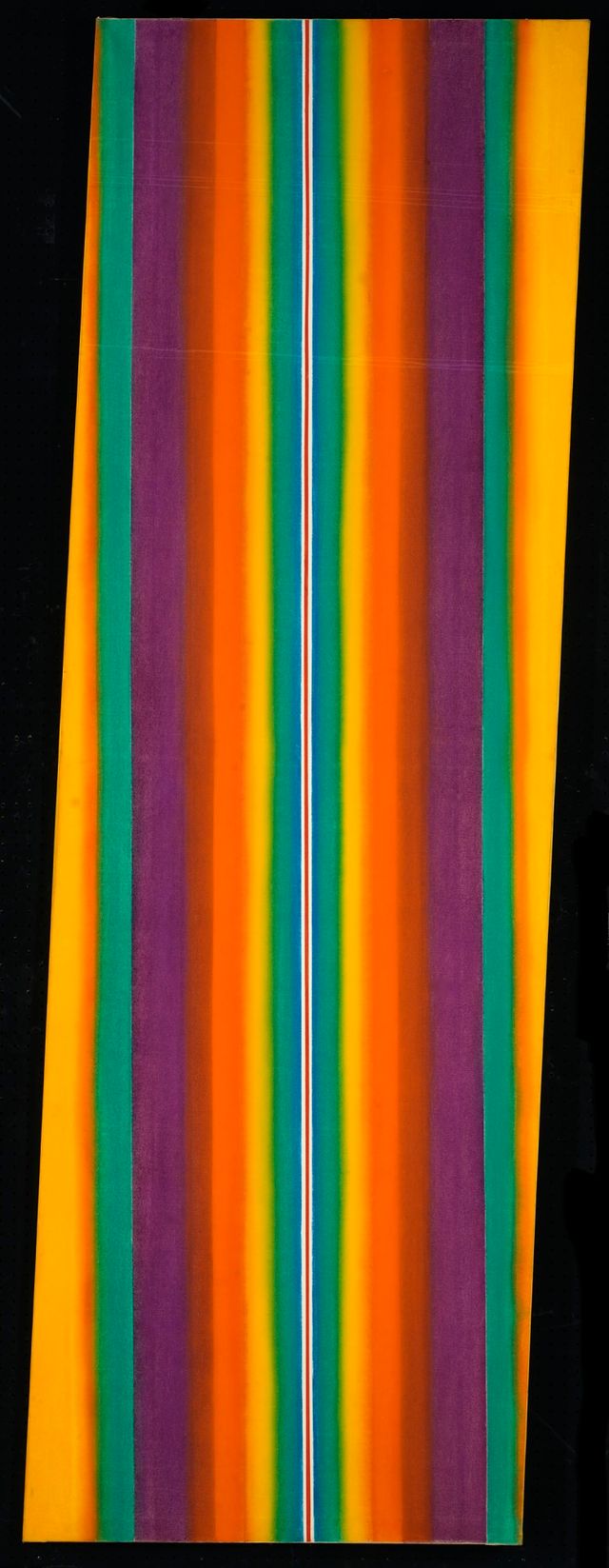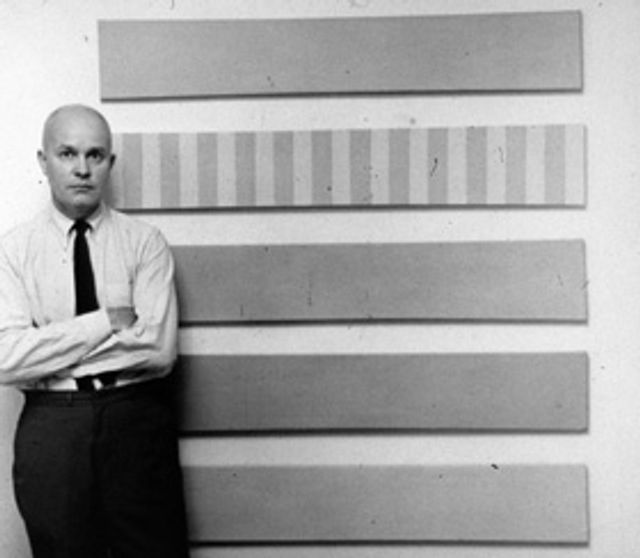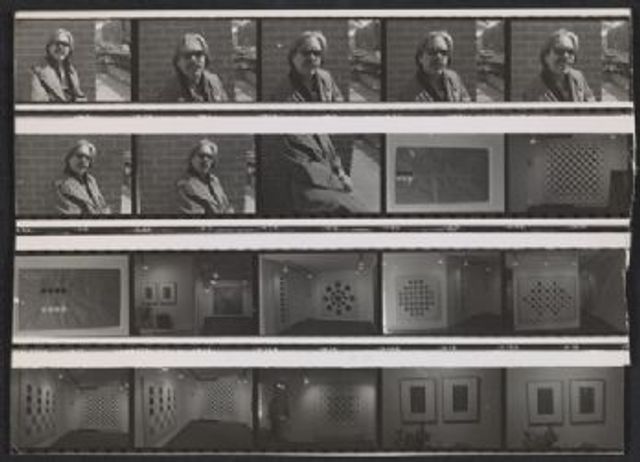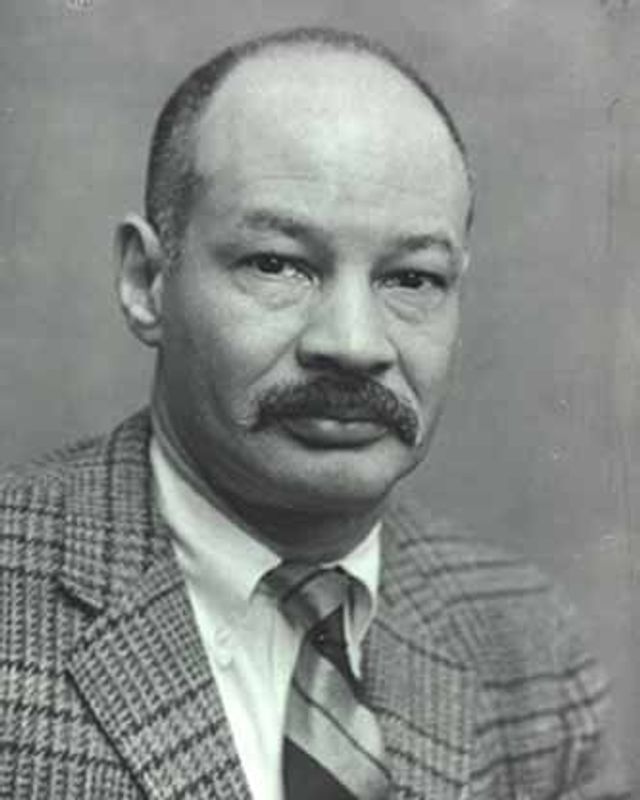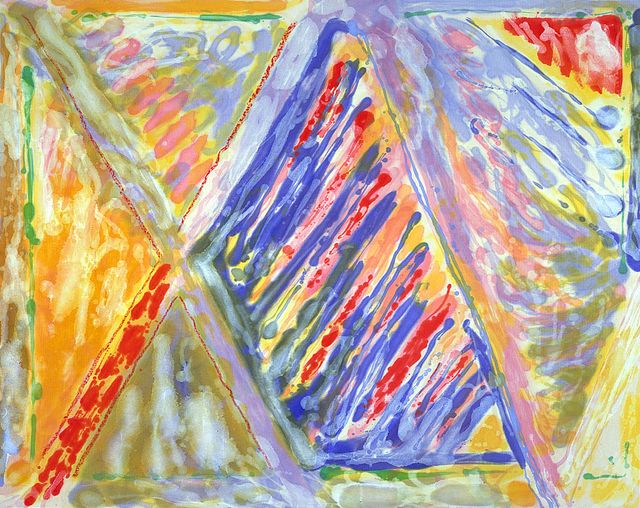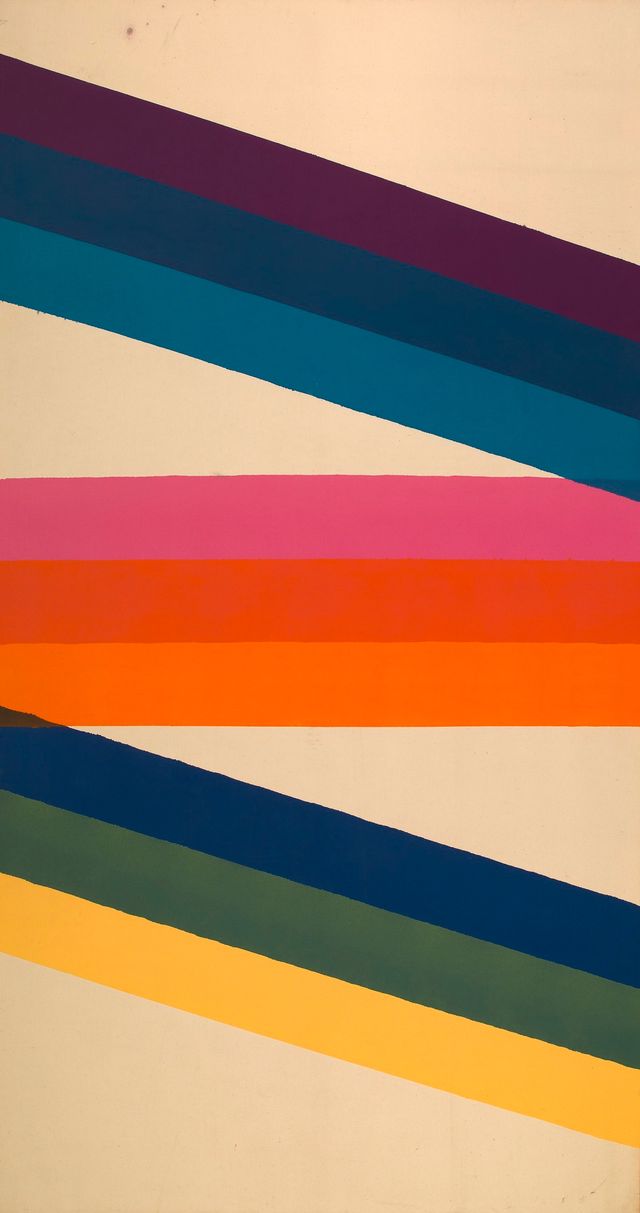Local Color: Washington Painting at Midcentury
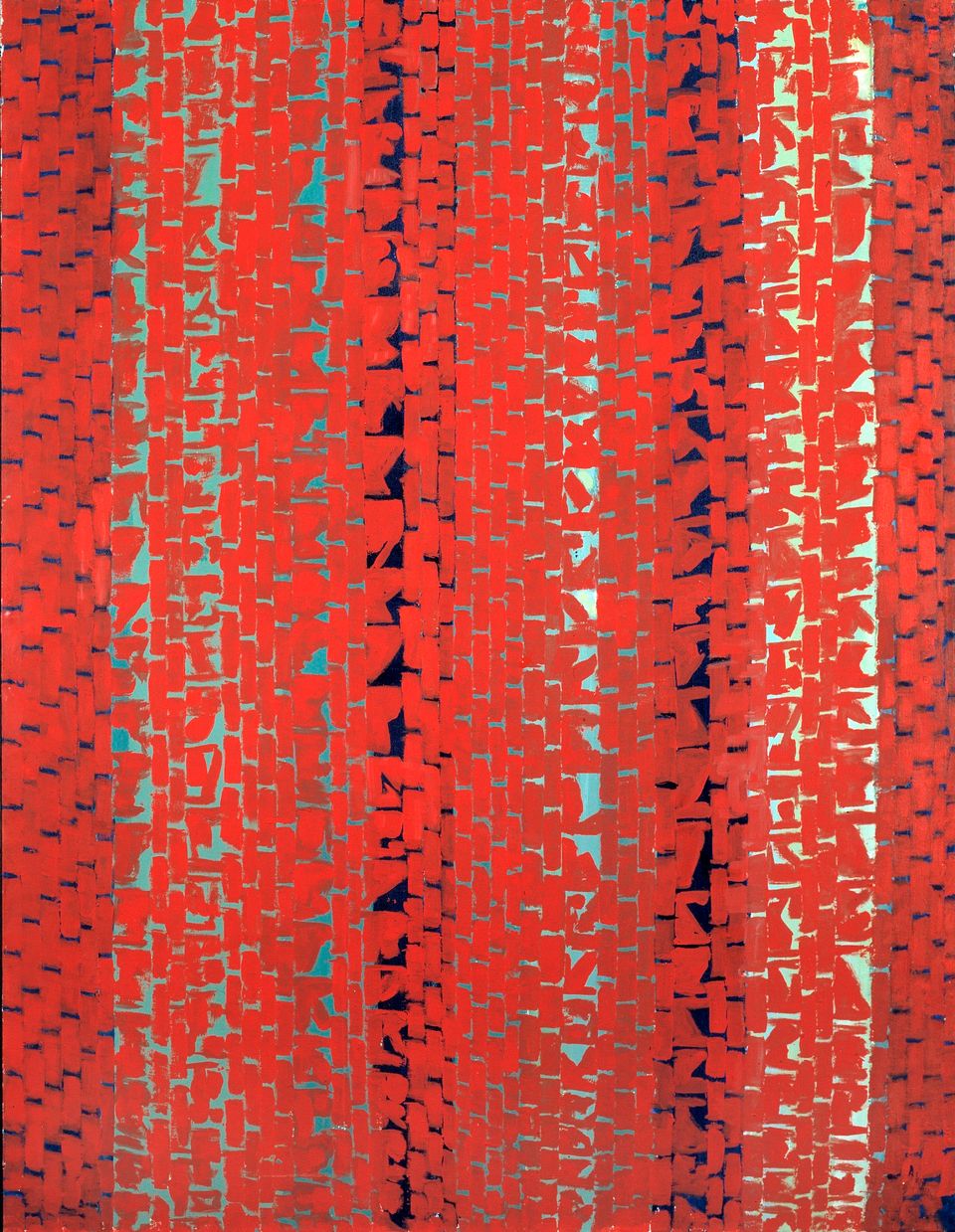
Explore the expressive possibilities of color in this special installation of twenty-seven large-scale paintings from the museum’s permanent collection. Local Color: Washington Painting at Midcentury examines the cross influences of Washington, D.C.-based artists between the mid-1950s and mid-1970s when our nation’s capital was home to one of the most dynamic artistic communities in the country.
Description
Looking beyond the Color School label, this exhibition explores the astonishing breadth of styles and techniques adopted by Washington artists Leon Berkowitz, Gene Davis, Thomas Downing, Sam Gilliam, Fel Hines, Jacob Kainen, Howard Mehring, Paul Reed, and Alma Thomas who were conducting innovative experiments with color and form.
Visiting Information
Artists
[Gene Davis was] a major figure in 20th-century American painting whose contribution was invaluable in establishing Washington, D.C., as a center of contemporary art.
Thomas Downing received his BA in 1948 from Randolph-Macon College in Ashland, Virginia, and then moved to New York City to study at the Pratt Institute for two years.
Gilliam is an innovative color field painter who has advanced the inventions associated with the Washington Color School.
Painter. Hines studied design at the Pratt Institute in Brooklyn, N.Y., and his paintings—in the tradition of the De Stijl movement—often contain strong design elements.
Printmaker who worked in woodcut, silk screen, and other media; his style gradually evolved from the social realism of the 1930s to more abstract portraits in the 1950s and later.
Charles Sullivan, ed American Beauties: Women in Art and Lite
Howard Mehring studied art at Catholic University of America, where he met Kenneth Noland, then an instructor, and Thomas Downing. The two were soon to be associated with Mehring as members of the Washington Color School.














